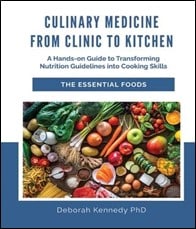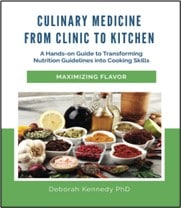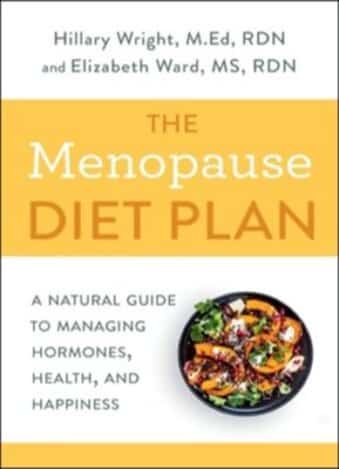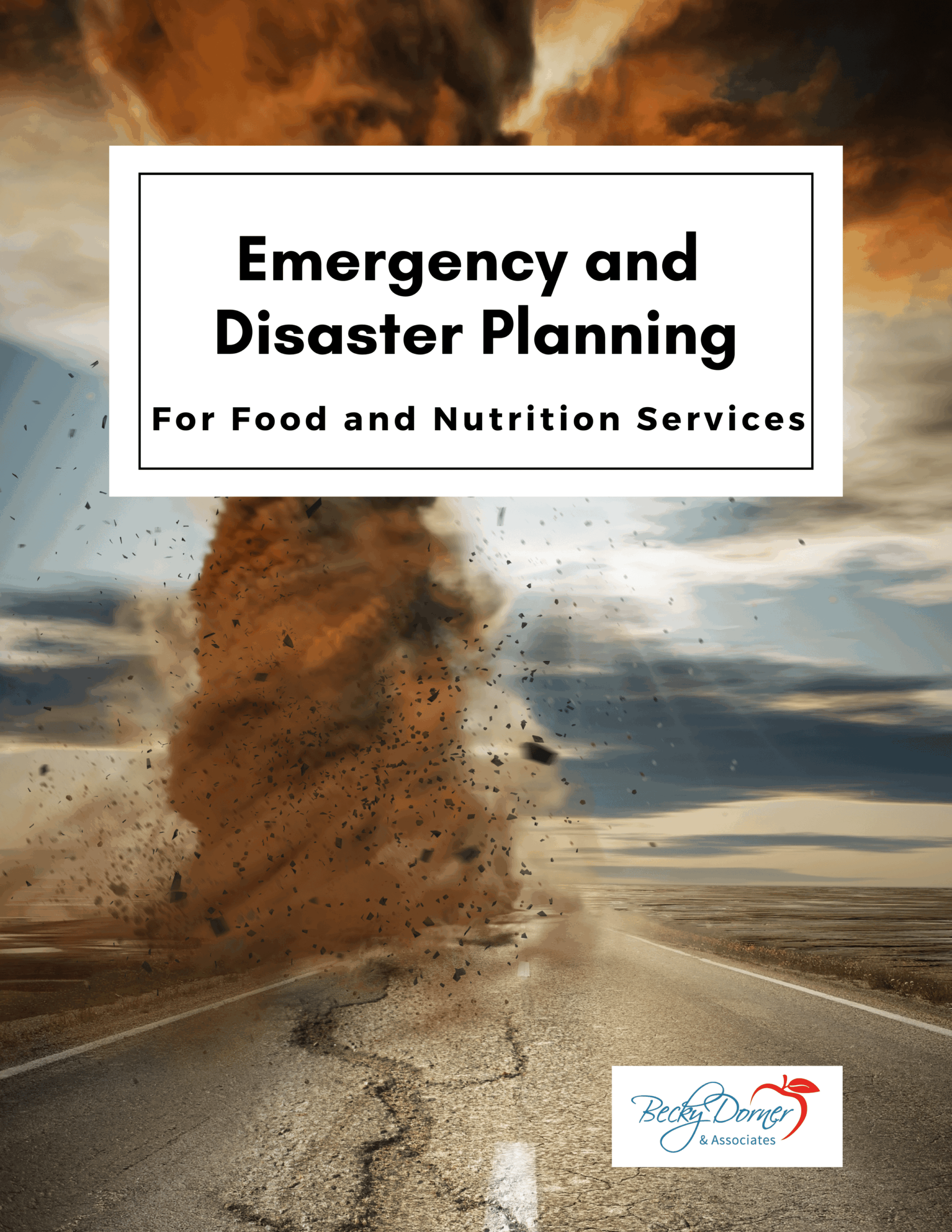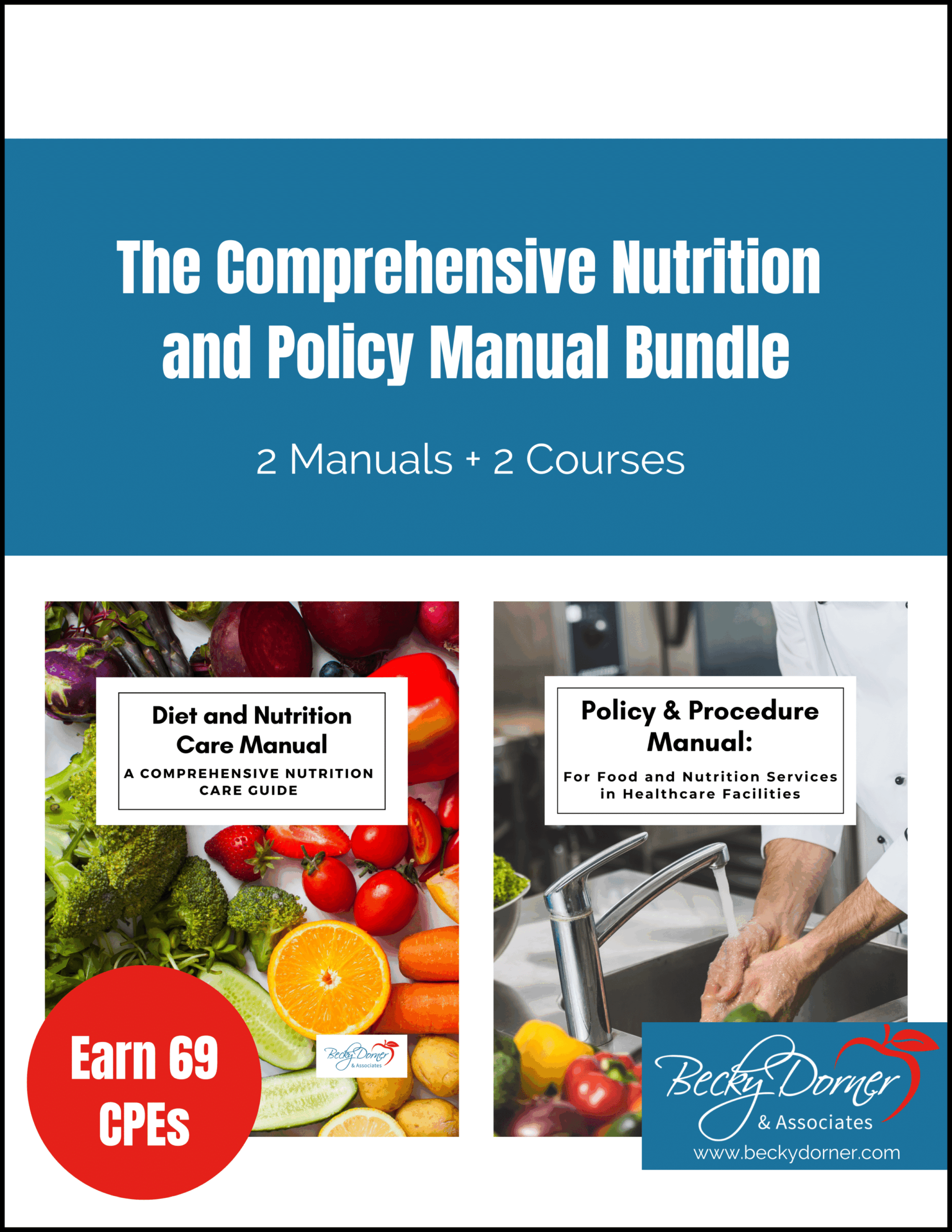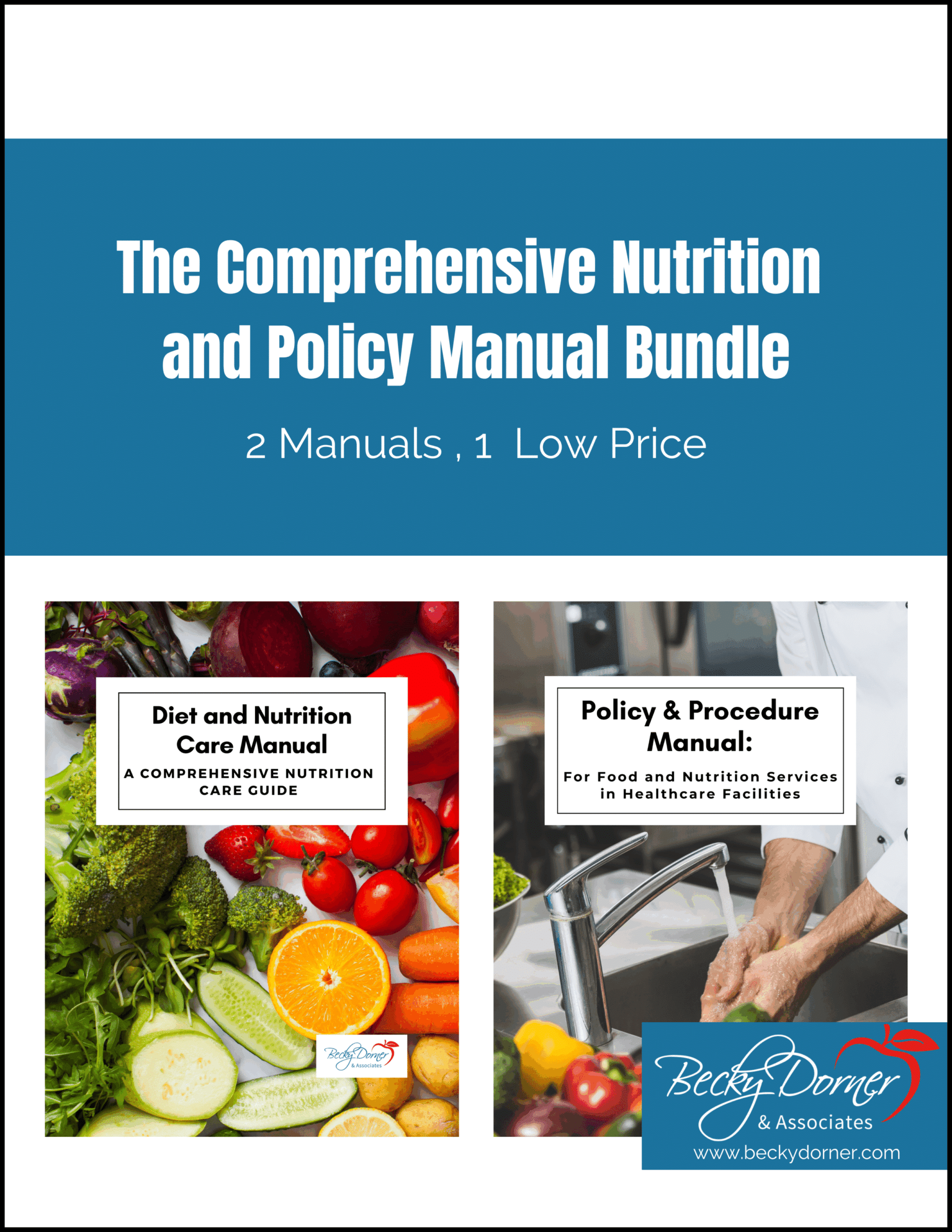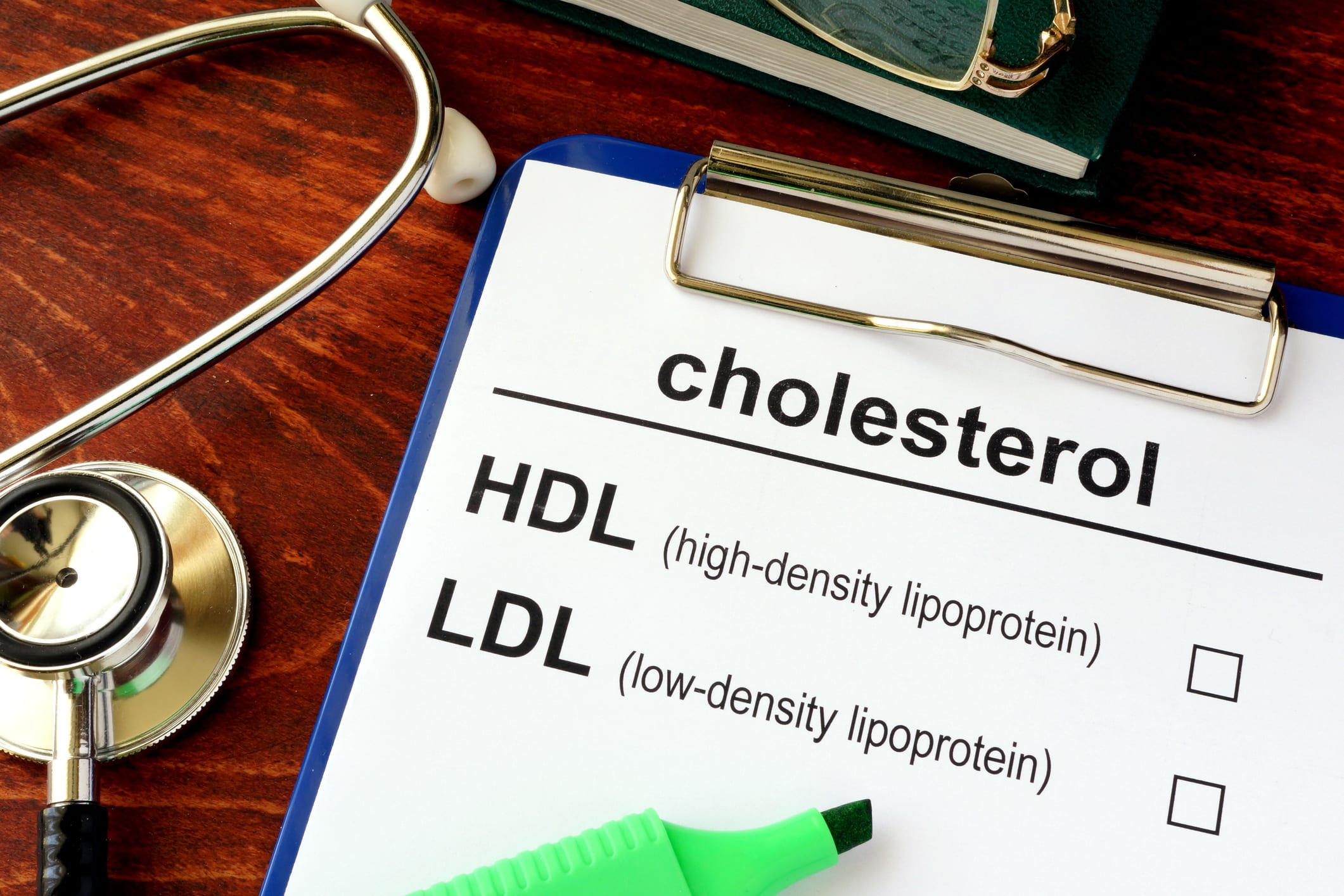
Kathleen’s parents and grandfathers all died because of heart disease. Now 65, she assumed her risk was probably high due to family history, her 20 year history of hypertension, and current overweight condition. She had made some healthy lifestyle changes over the years and wondered if there was more she could do to prevent heart attack or stroke. But with all the conflicting information in the news regarding cholesterol, diet and lifestyle, she wasn’t sure where to begin. Should she get her cholesterol level checked, choose butter over margarine…was it OK to eat eggs? Should she follow a low carb diet and not worry about fat?
Many of us remember the days of health fairs that included total cholesterol screenings accompanied by quick and basic diet advice which usually included “eat a low-fat diet”. Today CVD prevention and treatment has evolved dramatically to include in-depth risk assessment and personalized treatment goals.
Using Cardiovascular Guidelines to Assess Risk Factors for ASCVD
The current standard of care for cardiovascular disease (CVD) prevention is the 2019 American College of Cardiology and American Heart Association Guideline on the Primary Prevention of Heart Disease. The Guideline is an update of 2013 and 2018 publications on the same topic. It provides 10 take home messages for medical professionals and provides evidence-based information to support each of those messages.
The take-home messages are:
- The most important way to prevent atherosclerotic vascular disease, heart failure, and atrial fibrillation is to promote a healthy lifestyle throughout life.
- A team-based care approach is an effective strategy for the prevention of cardiovascular disease. Clinicians should evaluate the social determinants of health that affect individuals to inform treatment decisions.
- Adults who are 40 to 75 year of age and are being evaluated for CVD prevention should undergo a 10 year atherosclerotic cardiovascular disease (ASCVD) risk discussion before starting pharmacological therapy. One tool that can be used to accomplish this task is the risk calculator found on the American College of Cardiology website.
- All adults should consume a healthy diet that emphasizes the intake of vegetables, fruits, nuts, whole grains, lean vegetable or animal protein, and fish and minimizes the intake of trans fats, red meat and processed red meats, refined carbohydrates, and sweetened beverages. For adults with overweight and obesity, counseling and caloric restriction are recommended for achieving and maintaining weight loss.
- Adults should engage in at least 150 minutes per week of accumulated moderate-intensity physical activity or 75 minutes per week of vigorous-intensity physical activity.
- For adults with type 2 diabetes, lifestyle changes such as improving dietary habits and achieving exercise recommendations, are crucial. If medication is indicated, metformin is the first line oftherapy, followed by consideration of a sodium-glucose transporter 2 inhibitor or a glucagon-like peptide-1 receptor agonist.
- All adults should be assessed at every healthcare visit for tobacco use, and those who use tobacco should be assisted and strongly advised to quit.
- Aspirin should be used infrequently in routine primary prevention of ASCVD because of lack of net benefit.
- Statin therapy is first line treatment for primary prevention of ASCVD in patients with elevated low-density lipoprotein levels (≥190 mg/dL), those with diabetes who are 40 to 75 years of age, and those determined to be at sufficient ASCVD risk after a clinician-patient risk discussion.
- Nonpharmacological interventions are recommended for all adults with elevated blood pressure or hypertension. For those requiring pharmacological therapy, the target blood pressure should generally be <130/80 mm Hg.
Diet and Prevention of ASCVD
That once favored “low-fat diet” has gone by the wayside as a broader understanding of the relationship between nutrition and heart disease has emerged over time. A 2021 AHA Scientific Statement on Dietary Guidance to Improve Cardiovascular Health outlines guidelines to improve cardiometabolic health with 10 steps to a heart-healthy diet. A diet high in vegetables, fruits, lean proteins, and whole grains, that includes low-fat dairy products, poultry, fish, legumes, non-tropical vegetable oils, and nuts; and limits intake of sweets, sugar-sweetened beverages, red meats, and ultra-processed foods is suggested 1,2. Rather than focusing on dietary cholesterol intake, the overall eating pattern should be the focus of dietary recommendations3. Of course, these broad recommendations should be personalized based on an individual’s calorie needs, lifestyle, food preferences, and ability to make changes.
Statin therapy to reduce LDL-C is another cornerstone of ASCVD prevention and treatment. There is no evidence to support “treatment targets” for LDL, but “lower is considered better”4. A LDL-C threshold of ≥70 mg/dL is generally recommended as a guide for initiating statins for those between 40 and 75 years of age, depending on other risk factors and/or cardiovascular events1. The 2018 AHA/ACC/AACVPR/AAPA/ABC/ACPM/ADA/AGS/APhA/ASPC/NLA/PCNA Guideline on the Management of Blood Cholesterol provides recommended doses of statins at each level of treatment (mild, moderate, or intense) as well as their expected reduction in LDL-C levels4. Non-statin medications (Ezetimibe, bile acid sequestrants, and PCSK9 inhibitors) may be initiated if statin therapy doesn’t reduce LDL-C levels4 .
CVD and Adults ≥75 Years of Age
As with younger adults, treatment decisions for older adults should be personalized and based on a comprehensive risk assessment and an individual’s goals. The dietary pattern and physical activity recommendations mentioned above are appropriate for healthy older adults if they are willing and able to adopt them. If the risks of the eating pattern (for example, potential poor intake, loss of weight or muscle mass, or limiting favorite foods that could contribute to poor quality of life) outweigh the benefits, the diet should be individualized as necessary5.
The 2018 Guideline mentioned above states that adults 75 years old or older with an LDL-C level of 70 to 189 mg/dL may benefit from moderate-intensity statin therapy4. It also outlines conditions that may make it reasonable to stop (or not start) statin therapy; when the potential benefits could be limited by physical or cognitive functional decline, multimorbidity, frailty, or reduced life expectancy4. Statins are generally considered safe, but the risk of drug-drug interactions or polypharmacy might also factor into treatment decisions for frail older adults.
Counseling Patients/Clients on ASCVD Risk Reduction
Given what we know now, we can’t view heart disease as simplistically as we did a few decades ago. Before we can counsel adults at any age, comprehensive and personalized risk assessment is essential for the prevention of cardiovascular disease. Kathleen’s risk assessment indicated an LCL-C of 140, so we would want to counsel her as is outlined below. 1,2,4
- Consume a dietary pattern that emphasizes intake of vegetables, fruits, and whole grains; includes low fat dairy products, poultry, fish, legumes, non-tropical vegetable oils, and nuts; and limits intake of sweets, sugar-sweetened beverages, red meats, and ultra-processed foods.
- Adapt this dietary pattern to appropriate calorie requirements, personal and cultural food preferences, and nutrition therapy for other medical conditions (including diabetes).
- Achieve this pattern by following plans such as the DASH dietary pattern, the USDA Food Pattern, or the American Heart Association (AHA) Diet.
- Reduce percent of calories from saturated fat. Aim for a dietary pattern that achieves 5-6% of calories from saturated fat.
- Reduce percent of calories from trans fat.
References
- Arnett DK, Blumenthal RS, Albert MA, et al. 2019 ACC/AHA Guideline on the Primary Prevention of Cardiovascular Disease: A Report of the American College of Cardiology/American Heart Association Task Force Clinical Practice Guidelines. Circulation. 2019;140:e596–e646. doi: 10.1161/CIR.0000000000000678e596.
- Lichtenstein AH, Appel LJ, Vidiveloo M., et al. AHA Scientific Statement: 2021 Dietary Guidance to Improve Cardiovascular Health: A Scientific Statement from the American Heart Association. Circulation. 2021;144:e472-e487. doi: 10.1161/CIR.0000000000001031.
- Carson JAS. Lichtenstein AH, Anderson CAM, et al. AHA Science Advisory: Dietary Cholesterol and Cardiovascular Risk: A Science Advisory from the American Heart Association. Circulation. 2020;141:e39-e53. doi: 10.1161/CIR.0000000000000743
- Grundy SM, Stone, NJ, Bailey AL, et al. 2018 AHA/ACC/AACVPR/AAPA/ABC/ACPM/ADA/AGS/APhA/ASPC/NLA/PCNA Guideline on the Management of Blood Cholesterol. Circulation. 2019;139:e1082–e1143. doi: 10.1161/CIR.0000000000000625.
- Dorner B, Friedrich E. Position of the Academy of Nutrition and Dietetics: Individualized Nutrition Approaches for Older Adults; Long-Term Care, Post-Acute Care, and Other Settings. J Acad Nutr Diet. 2018;118:724-735.
Additional Resources:
- The 2018 Guideline on the Management of Blood Cholesterol
- The 2019 ACC/AHA Guideline on the Primary Prevention of Cardiovascular Disease
- Becky Dorner & Associates Diet and Nutrition Care Manual: Comprehensive Edition provides in-depth information on healthy eating patterns that can be used to prevent and/or treat cardiovascular disease.
- Check out our CPE courses on CVD based on the recent articles referenced above at: https://www.beckydorner.com/product-category/courses/?sub=251
Originally published December 19, 2018. Revision August 30, 2022.

